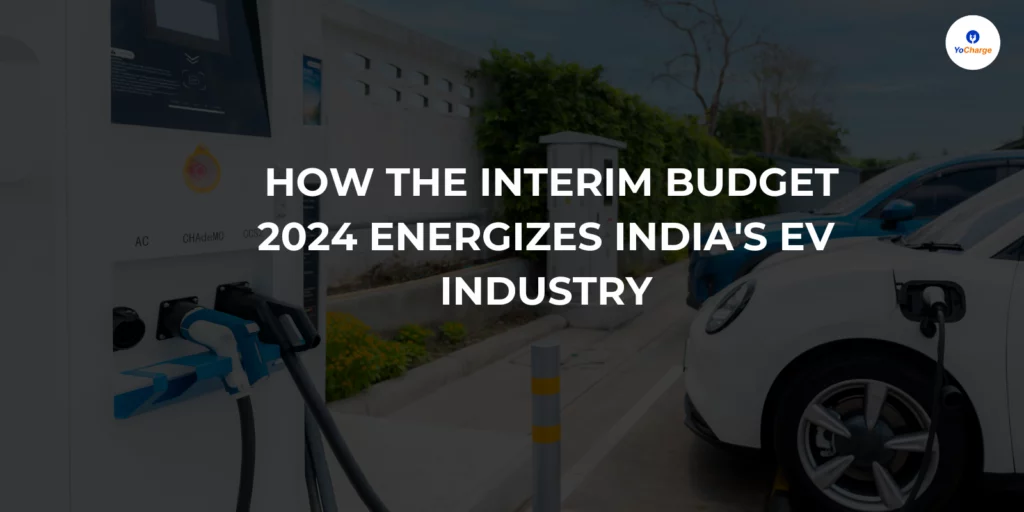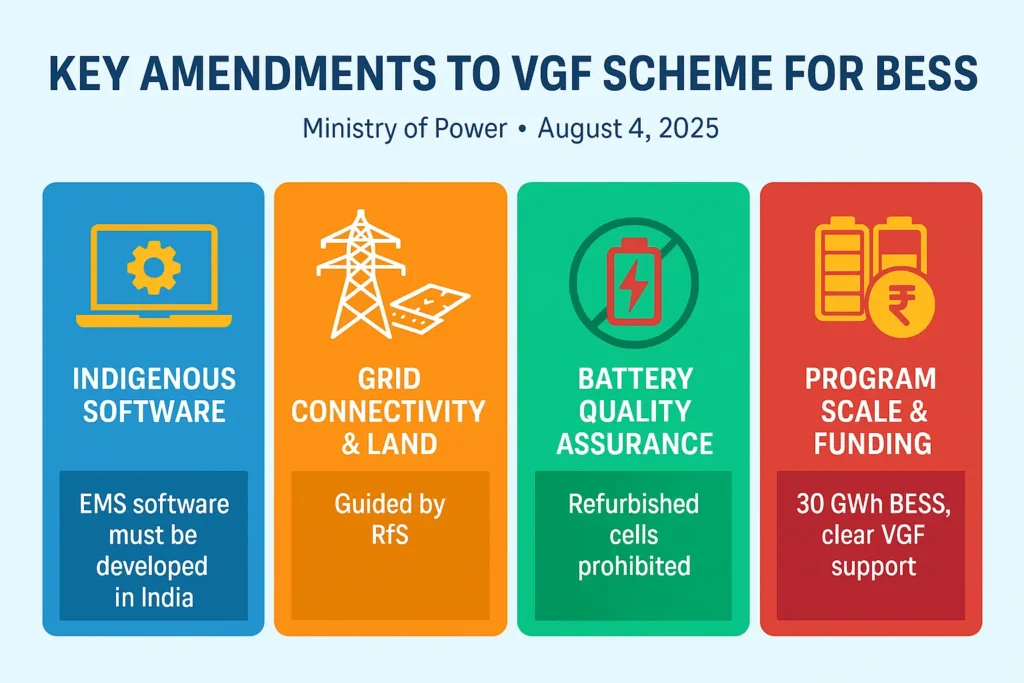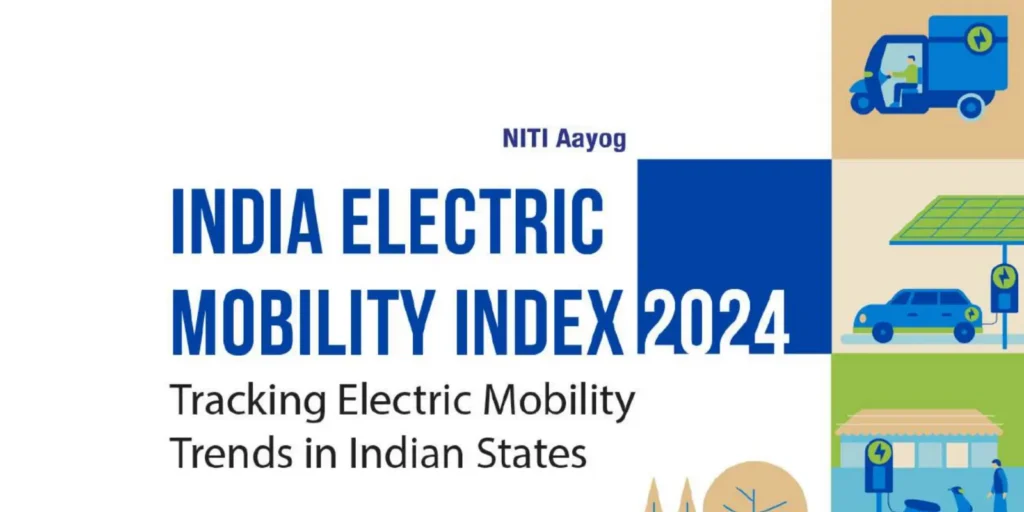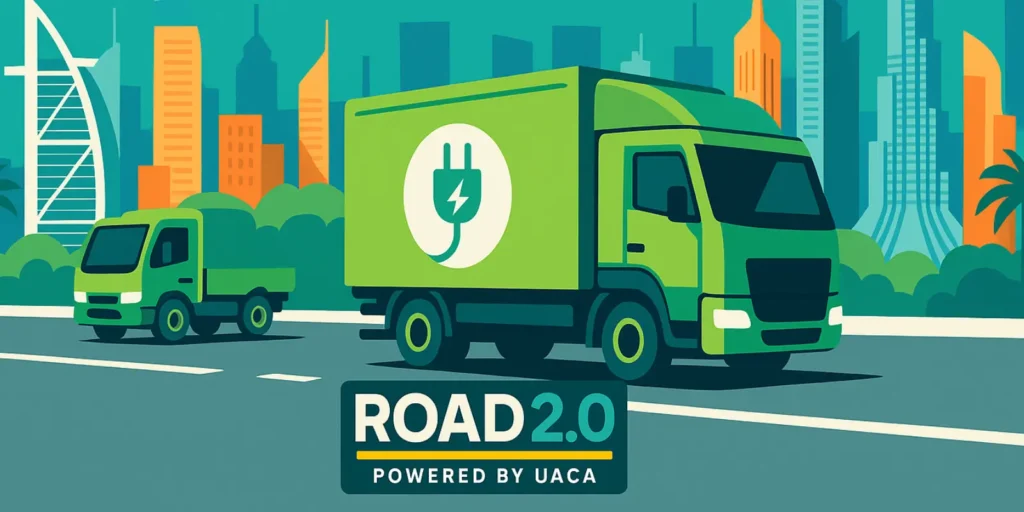
The interim budget of 2024 presented by the Indian government offers a promising uplift for the electric vehicle (EV) industry, reaffirming its dedication to reaching the ambitious target of achieving 30% EV penetration by 2030. While the budget primarily prioritizes maintaining fiscal stability, it also introduces several significant announcements poised to expedite EV adoption and fortify the overall ecosystem. Here are the key highlights:
Key Features of Interim Budget 2024:
1. Expanding and Strengthening the EV Ecosystem:
- The government commits to expanding and fortifying the EV ecosystem by supporting manufacturing and charging infrastructure. Measures include facilitating land acquisition for EV manufacturing units, attracting investments, and streamlining regulatory processes.
- A critical focus on charging infrastructure aims to alleviate range anxiety and bolster EV adoption. The budget proposes authorizing a substantial number of vendors for the supply and installation of charging points nationwide, enhancing accessibility and generating employment opportunities.
- Integrating e-buses with efficient payment mechanisms is a pivotal move towards electrifying public transport networks, reducing emissions, and enhancing the feasibility of EVs for daily commutes.
2. Boosting Research and Innovation:
- Acknowledging the importance of ongoing innovation, the government announces a Rs 1 lakh crore fund to provide long-term, interest-free loans over 50 years, incentivizing private sector investments in research and development for emerging technologies like EVs. This presents a significant opportunity for burgeoning startups.
- This investment aims to stimulate domestic innovation in battery technology, charging infrastructure, and other crucial EV components, ultimately reducing reliance on imports and fostering self-sufficiency.
3. Leveraging Renewable Energy for Charging:
- The budget aims to solarize 1 crore households across India, promoting clean energy generation and establishing a network of potential home charging points, thereby enhancing accessibility and convenience for EV owners.
- Significant resources are allocated to bolster the green energy sector, with a focus on harnessing India’s vast offshore wind energy potential, including Gap funding for 1 gigawatt (GW) of offshore wind energy development, pivotal for diversifying India’s renewable energy portfolio.
4. Encouraging Adoption through Policy Measures:
- While the budget does not introduce new tax breaks or subsidies, it underscores continued support for existing EV incentive schemes, ensuring stability and predictability for potential buyers and investors.
- The emphasis on enhancing public charging infrastructure and integrating EVs into public transport indirectly reduces operating costs and increases convenience, rendering EVs more appealing to a broader audience.
5. Encouraging EV adoption in public transport
- Promoting electric public transport solutions is crucial for reducing emissions in metropolitan areas and enhancing air quality. The government plans to transition public transport such as buses to E-buses, with a vision of expanding the share of electric vehicle sales to specific targets across various vehicle categories by 2030.
Overall Impact:
The focus of the interim budget on the EV sector has elicited positive reactions from industry stakeholders, showcasing the government’s sustained commitment to transitioning towards a sustainable future. While awaiting specific details and timelines, the announced initiatives hold the potential to significantly expedite EV adoption in India, paving the way for a cleaner, greener future for the nation.
Read Also: How to start EV Charging Station Business
Conclusion:
The interim budget of 2024 injects much-needed momentum into India’s EV sector. By prioritizing key areas such as manufacturing, charging infrastructure, research, and innovation, the government lays the foundation for accelerated growth. However, effective implementation and addressing remaining challenges will be pivotal in realizing the full potential of these initiatives and achieving India’s ambitious EV goals.
By focusing on key areas like manufacturing, infrastructure, research, and innovation, the government has laid the foundation for accelerated growth. While challenges exist, the potential for a cleaner and greener future fueled by electric mobility is now closer than ever. Collaborative efforts from the government, industry, and consumers will be key to unlocking the full potential of this transformation and ushering in a new era of sustainable transportation in India.



